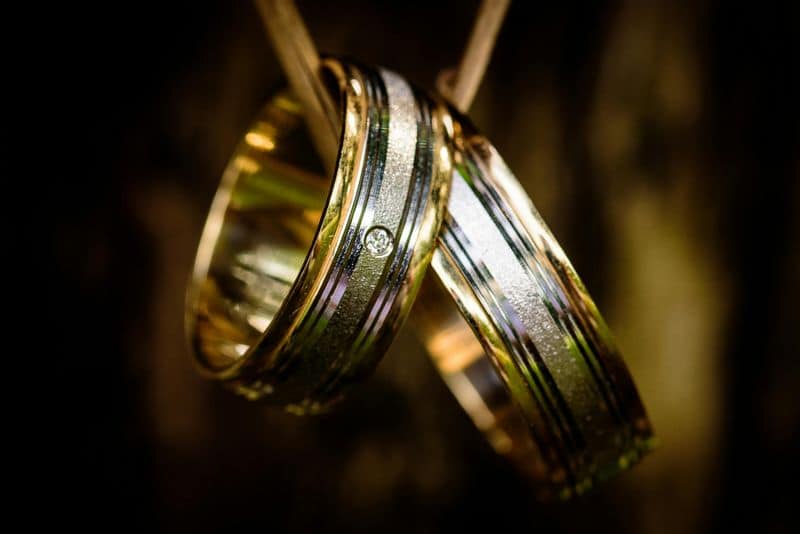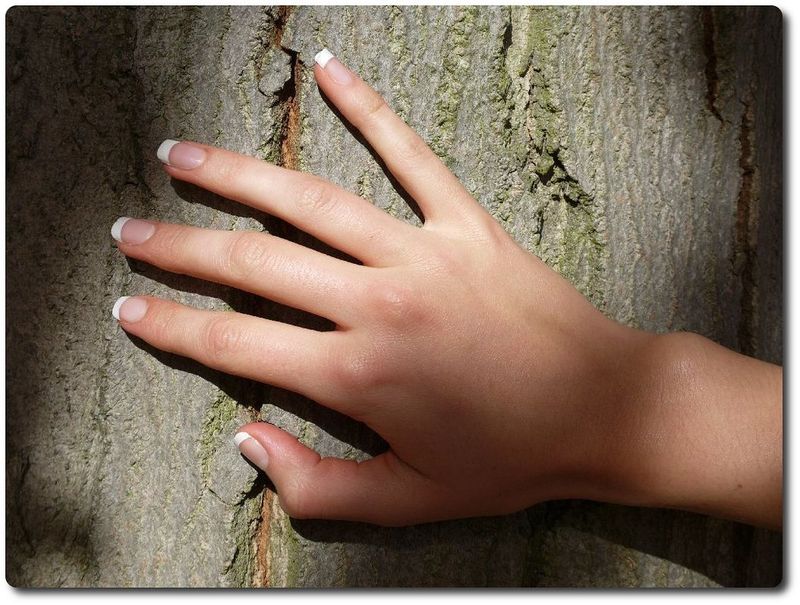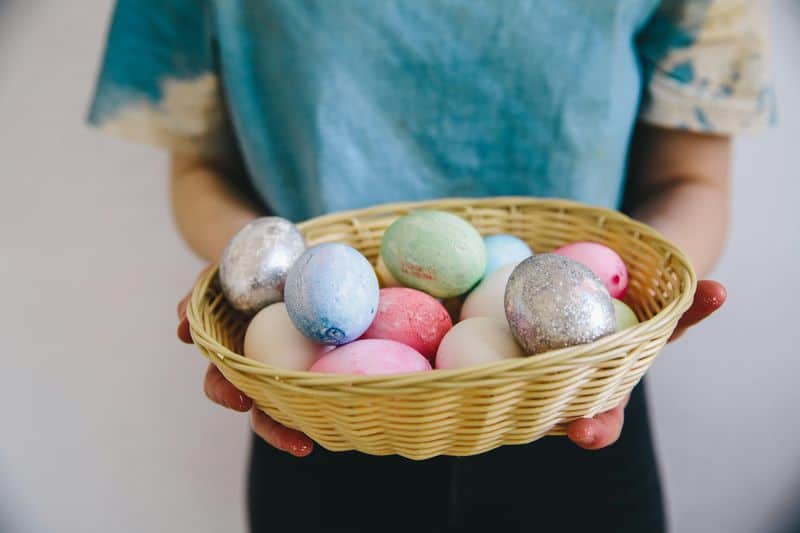Ever wonder why we knock on wood or blow out birthday candles? Many common customs we practice today have surprising roots in ancient pagan traditions.
These rituals and practices from civilizations long ago have quietly survived into modern times, often with their original meanings forgotten.
Take a journey with me through history to discover the pagan origins behind everyday things we rarely think twice about.
1. Days of the Week
Look at your calendar and you’ll find ancient gods staring back at you! Our weekday names honor Norse and Roman deities that pagans once worshipped. Monday celebrates the moon, while Thursday pays tribute to Thor, the hammer-wielding god of thunder.
Wednesday comes from Woden (the Norse god Odin), master of wisdom and magic. Friday honors Frigg, goddess of love and marriage. Even Saturday and Sunday acknowledge Saturn and the sun as divine forces.
Early Christians attempted to replace these names, but the pagan terminology proved too deeply ingrained in daily language. This celestial naming system remains one of paganism’s most visible legacies in our modern world.
2. Wedding Rings
That symbol of eternal love on your finger? Ancient Egyptians invented it thousands of years ago. They exchanged rings made from braided reeds and hemp, believing circles represented eternity with no beginning or end.
Romans later adopted this practice but with a twist—they gave iron rings to mark ownership of the bride. The tradition of wearing it on the fourth finger of the left hand stems from the belief in a vein (vena amoris) running directly to the heart.
Greeks and Romans placed rings on this finger during wedding ceremonies, creating a tradition that outlasted their pagan religions. Modern wedding bands maintain this circular symbolism of unbroken devotion.
3. Birthday Candles and Wishes
The flickering flames on your birthday cake connect you to ancient Greek worshippers of Artemis, goddess of the moon. Greeks baked round, moon-shaped cakes and topped them with lit candles to capture her celestial glow.
Smoke from extinguished candles carried prayers skyward to Artemis in her heavenly home. The brighter the candles burned, the stronger the divine protection received by the birthday celebrant.
Our modern tradition of making silent wishes before blowing out candles preserves this pagan communication with higher powers. Next time you close your eyes and make that special birthday wish, you’re practicing a ritual with roots in ancient Greek temples!
4. Knocking on Wood
Rap your knuckles on that wooden table after mentioning good fortune—you’re tapping into ancient Celtic tree worship! Our ancestors believed powerful spirits lived within trees, especially oak, which was sacred to many pagan cultures.
Celts would touch trees to invoke good spirits for protection or to thank them for blessings received. The knocking sound was thought to wake friendly tree spirits who could prevent evil forces from hearing about your good luck and becoming jealous.
This superstition survived Christianization by transforming into a reference to Christ’s wooden cross. Today’s casual knock preserves this ancient connection between humans and the spiritual forces believed to inhabit the natural world.
5. Makeup and Cosmetics
Ancient Egyptians weren’t just building pyramids—they were creating the world’s first makeup tutorials! Both men and women applied kohl eyeliner and vibrant minerals to their faces, not just for beauty but as magical protection.
The famous Eye of Horus design painted around eyes was believed to invoke divine safeguarding against evil. Green malachite eyeshadow honored Hathor, goddess of beauty, while red ochre lip stains symbolized life-giving power.
Makeup application was a sacred ritual performed with prayers and specific tools. When you line your eyes or apply lipstick today, you’re connecting to these ancient ceremonial practices that blended beauty with spiritual protection in the temples along the Nile.
6. Easter Eggs and Bunnies
Those colorful eggs in your Easter basket have nothing to do with Christianity originally! They’re borrowed from ancient Persian spring celebrations of Nowruz, where painted eggs symbolized fertility and new beginnings.
The goddess Eostre (where we get the name Easter) was worshipped by Germanic pagans during spring festivals. Her sacred animal? The rabbit—explaining those chocolate bunnies we love today.
Early Christian missionaries found it easier to incorporate these beloved pagan symbols than eliminate them. The egg’s transformation from pagan fertility symbol to Christian resurrection metaphor shows how adaptable ancient traditions can be. Your Easter egg hunt connects you directly to pre-Christian spring rituals celebrating nature’s rebirth.
7. Kissing Under Mistletoe
That holiday smooch beneath the mistletoe traces back to Norse mythology and a heartbroken goddess. After her beloved son Balder was killed by a mistletoe arrow, Frigg’s tears transformed into the plant’s white berries.
Overwhelmed with gratitude when Balder was resurrected, Frigg declared mistletoe a symbol of love rather than death. She promised to kiss anyone passing beneath it—creating our romantic holiday tradition.
Druids considered mistletoe sacred too, harvesting it with golden sickles because it mysteriously grew without roots. Celtic priests believed it possessed healing powers and fertility magic. The plant’s ability to flourish in winter made it especially powerful during solstice celebrations—explaining its December prominence today.
8. Crossing Your Fingers
Crossing your fingers for luck connects you to pre-Christian European beliefs about intersecting lines. Pagans believed crossroads were magical places where spiritual worlds overlapped, making crossed shapes powerful symbols.
The gesture originally required two people—one making a wish while another formed the cross with their finger, combining their energies for stronger magic. Early Christians disguised this pagan practice by claiming it represented the cross, allowing converts to maintain familiar protective rituals.
Germanic tribes crossed fingers specifically to trap good spirits at the intersection point. These beneficial forces would remain until the wish was fulfilled or danger passed. Modern finger-crossing preserves this ancient belief in the protective power of intersecting lines against misfortune.
9. Covering Your Mouth When Yawning
Romans would panic at the sight of an uncovered yawn! They believed this involuntary action temporarily opened a dangerous portal between worlds, allowing your soul to escape or evil spirits to enter your body.
Covering your mouth wasn’t just polite—it was spiritual self-defense. The hand formed a protective barrier preventing supernatural entities from taking advantage of this momentary vulnerability.
Similar beliefs existed across ancient cultures from Egypt to India, each developing their own yawning rituals. Though modern science explains yawning as oxygen regulation, our instinctive hand movement preserves this ancient fear of spiritual invasion. Next time you cover a yawn, you’re unconsciously performing a protective ritual older than written history!
10. Jewelry as Protection
That necklace or bracelet you’re wearing might be fashionable, but ancient pagans considered it spiritual armor! Egyptians, Celts, Vikings, and countless other cultures wore jewelry not just for decoration but as magical protection against unseen dangers.
Amber pendants warded off illness, while silver repelled evil entities. Specific shapes held power—circles represented eternal protection, while spirals symbolized the journey through life and death.
Gemstones carried distinct magical properties: amethyst prevented drunkenness, jade brought harmony, and garnet offered protection in battle. Modern jewelry retains echoes of these beliefs in birthstones and wedding bands. Your fashion accessories descend directly from ancient amulets designed to shield wearers from a world filled with invisible threats.











